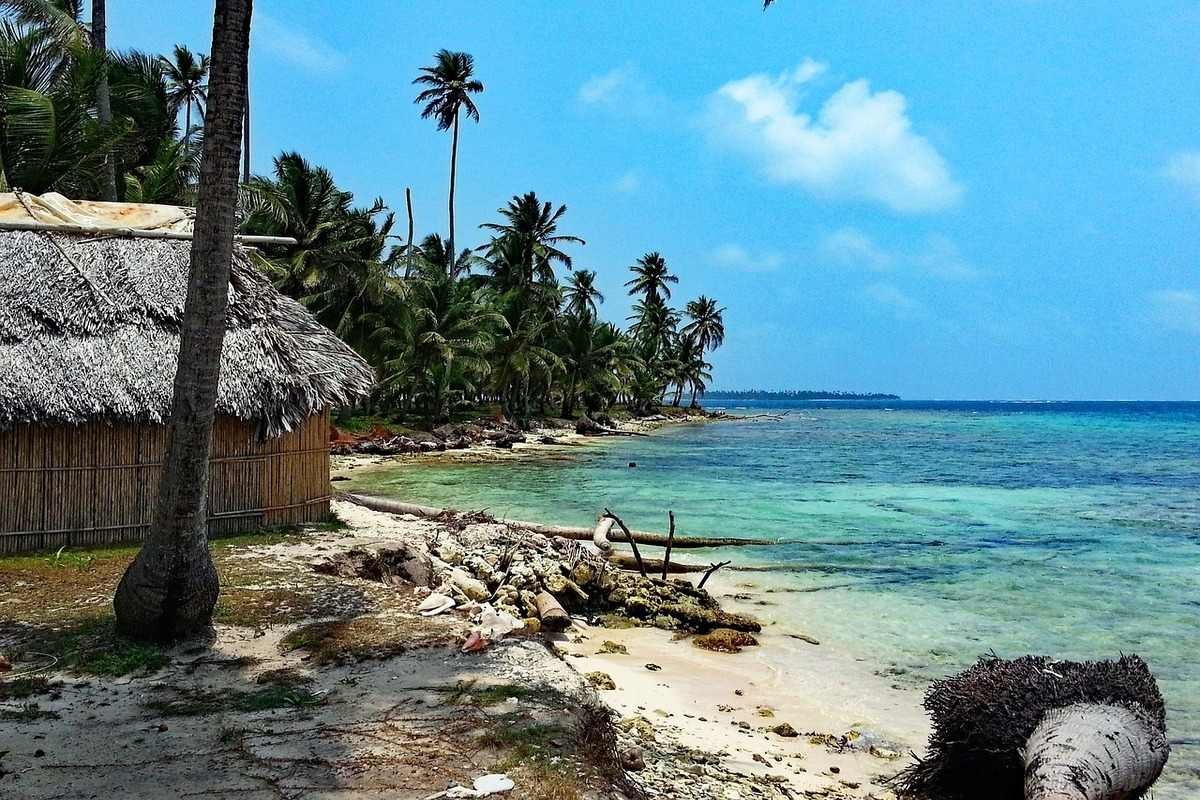Nestled between Costa Rica and Columbia, Panama is a must-visit for tourists. This Central American gem got its name from an indigenous word meaning ‘abundance of fish’. It’s unsurprising, then, that Panama is one of the most biodiverse countries in the world — there’s even a rainforest in Panama City.
Aside from the rainforests, you’ll find Panama to be a pretty urbanised country, where indigenous, African and Spanish influences merge. Be ready to use your best Spanish since that’s the official language.
Panama is also home to the famous Panama Canal, a shortcut from the Atlantic to the Pacific and one of the man-made wonders of the world. And don’t worry about changing money, the currency is the US dollar.

Table of Contents
ToggleWhy Visit Panama
Where to begin. Panamas’ biodiversity alone is a feast for the eyes. So whether you like exploring tropical rainforests, towering mountain ranges or postcard-worthy beaches, it’s a great holiday. Ready to party? Panama City has a wealth of trendy clubs, bars, and casinos. Treat yourself after a night on the town with an iconic Geisha coffee, also known as the “champagne of coffees”. Or fill up on crispy fried bread, or ‘hojaldra’, just one of Panamas’ delicious street foods.
Let’s talk practical details. The climate is varied across the country, suiting sun chasers and those who prefer to stay cool and comfortable. Compared to the rest of South America, Panama is politically stable, with fairly low crime rates and a solid infrastructure.
Getting to Panama is easy, too, since there’s many flight connections between major US cities and Europe. English is widely spoken, so don’t worry if your Spanish isn’t up to par yet.
Is Panama Dangerous
From an environmental and political standpoint, not at all. In fact, Panama has a peaceful and stable democracy, with only the odd protest escalating and causing some disruption. Heavy rainfall from the Atlantics’ hurricane season can cause flooding between June and November, but usually, this is limited to more rural areas.
On the downside, if you’re traveling at night, even in touristy cities like Panama City, you’re vulnerable to being attacked or sexually assaulted. Play it safe and save the exploring for the day. Gang crime happens but rarely involves tourists. But like many countries, the border regions are more dangerous thanks to the drugs and gang-related activity found there.
As always, good planning maketh a smooth trip. So as a smart traveler, use this article to get savvy on how to stay safe in Panama.

Dangerous Areas in Panama
Panama City: San Miguelito, El Chorillo, Rio Bajo and Curundú
Like any Urban hub, Panama City attracts crime. Violent crime, such as robberies and muggings, is generally confined to the areas of San Miguelito, El Chorillo, Rio Bajo, and Curundú, but you’ll find petty crime everywhere. Pickpocketing and bag snatching is your main concern, especially in crowded areas where it’s easy for your assailant to slip away.
Another crime you might face (but hopefully not) is express kidnapping. This is where the victim is abducted and forced to withdraw a large sum from an ATM. You’re unlikely to encounter anything like this if you just stay in tourist areas, don’t dress in your best clothes, and keep a tight hold on your bag.
Darien Gap
The Darién Gap, near the Colombian border, isn’t one for your Panama itinerary. Drug traffickers and guerrilla groups are active in this area, and kidnappings, murders, armed robberies, and disappearances are real threats to anyone passing through.
The zone extends from Yaviza to the Colombian border and includes the Darién National Park. And if the crime isn’t enough to put you off, you’ll encounter swamps, dangerous animals, disease-carrying mosquitoes, and venomous spiders. Safe to say, it’s one of the least explored regions in the world for a reason. Use a guide if you absolutely must visit, but we really don’t recommend it.
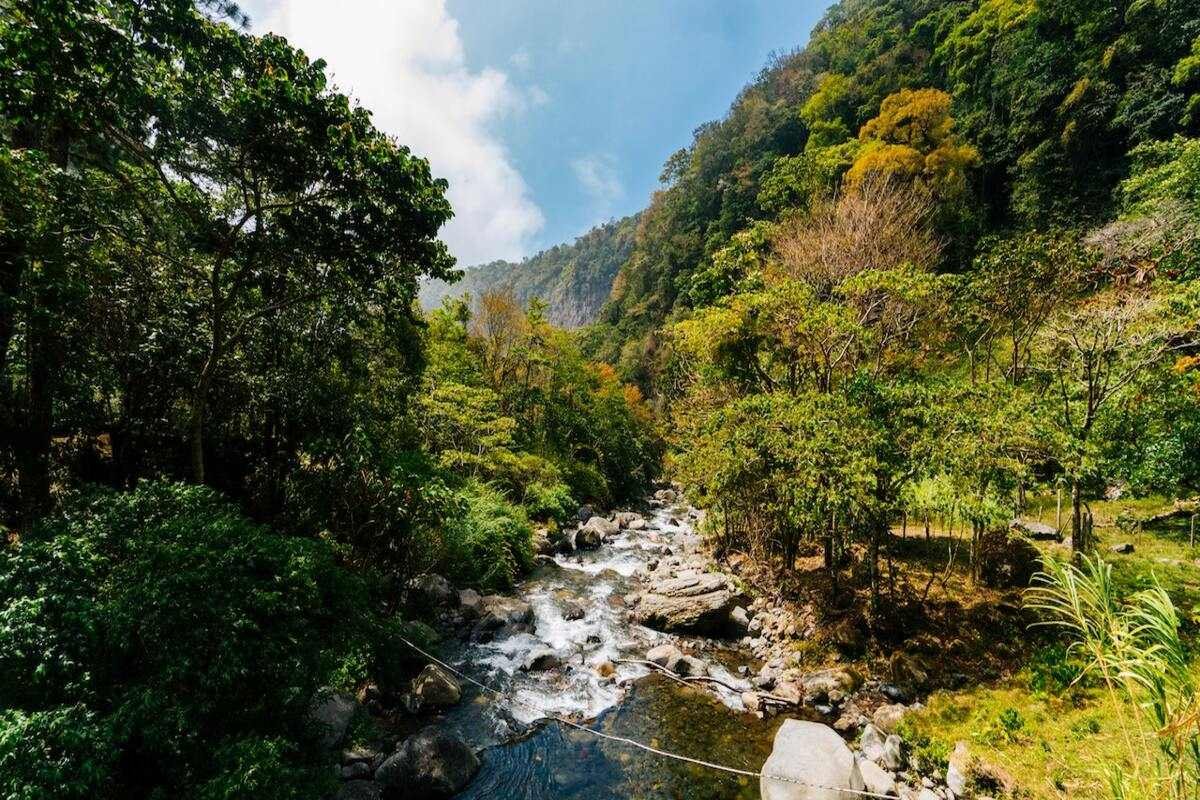
Is it Safe To Live in Panama?
Solid infrastructure, first-world living standards, and a cheap cost of living make Panama an attractive place to settle down in. The modern lifestyle is comparable to the West, so don’t turn up expecting third-world conditions. Instead, prepare for high-speed internet, reliable power, low crime rates, and an all-round familiar and safe environment.
Panamanians are used to foreigners, so you’re unlikely to face any hostility. That being said, some areas aren’t so tolerant of LGBTQ+ people, so be mindful that public PDA might attract some heckling or aggressive responses.
Unlike the somewhat less safe Mexico, most people (including expats) live in ungated neighborhoods. Overall, crime rates are low and even comparable to countries like Canada and the UK. You’ll just need to be careful of extreme weather during the rainy season and take the usual precautions against petty crime.
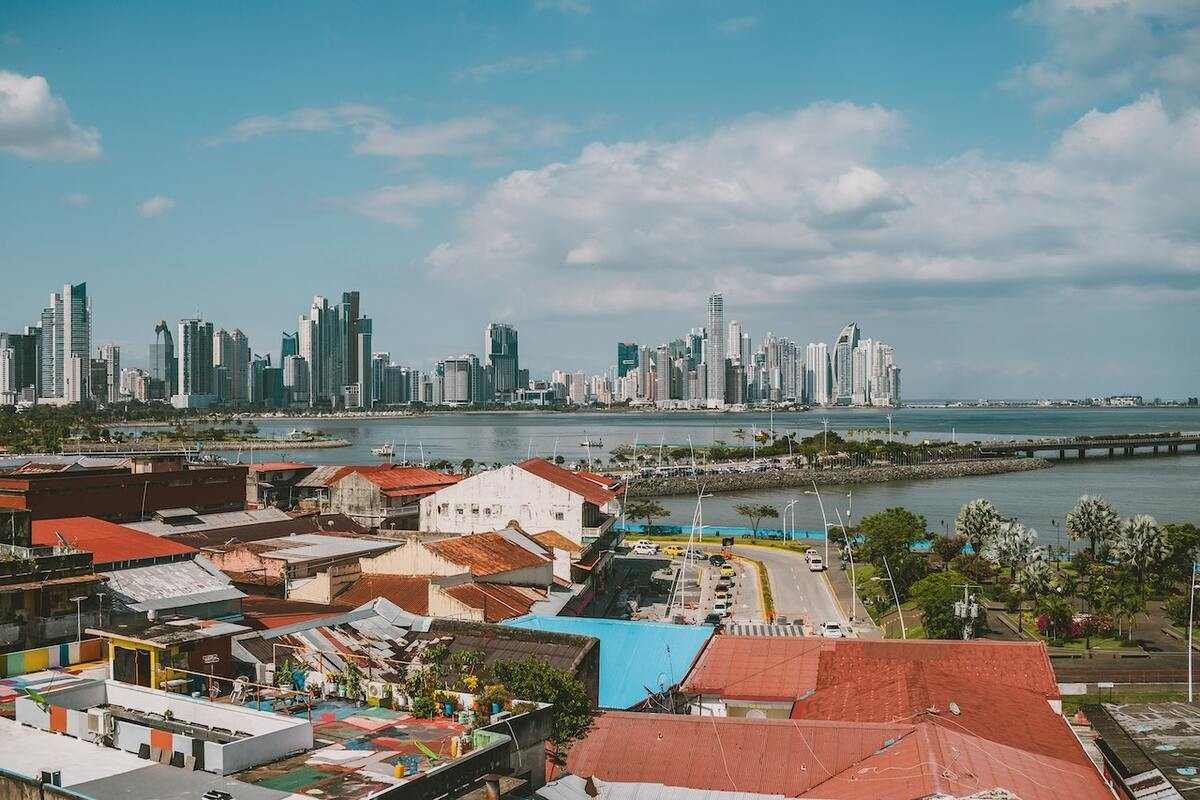
Safe Areas/Cities in Panama
Chitre and Las Tablas
Chitre and Las Tablas, in Panama’s Azuero Peninsula region, are safe spots for both tourists and locals. Chitre is the biggest city on Panama’s Azuero Peninsula. Colonial architecture provides a colorful backdrop for the bustling streets, and the atmosphere is lively all year round.
It’s also one of the safest cities in Panama, with all your usual conveniences as well as classic chain stores and restaurants. Las Tablas is smaller and more cultural, attracting hordes of tourists for Carnaval every year.
Boquete
The quiet little mountain town of Boquete has been popular with travelers for years, and we can see why. You can stroll through coffee plantations, marvel at the Barú Volcano National Park or get in the groove at the annual jazz festival. Boquete is known for its safety, with practically no violent crime, and has a large expat community as a result.
Clayton and Fort Clayton, Panama City
In the suburbs of Panama City, you’ll feel safe and sound in Clayton and Fort Clayton.
A former US Army base, Fort Clayton is now an urban oasis with virtually no crime. It’s no wonder it’s home to so many expats.
With a 1950s US suburb feel, you’ll find your fill of shopping centers, cafes, spas, and bakeries here. Even an Irish Pub! With such a different vibe to the rest of Panama, Fort Clayton just has to be seen to be believed. Oh, and its central location means it’s an easy commute to Panama Canal, the US Embassy, and the United Nations building.

Warnings & Dangers in Panama
Like all countries, Panama has its own set of dangers for tourists to watch out for. In the cities, you’ll be up against the usual: pickpocketing, mugging, scams, and so on. In Panama City, you can let your guard down a little when exploring its historic center, but be careful in lower-income and less tourist-friendly neighborhoods. Some of the less safe areas in Panama are San Miguelito, El Chorillo, Santa Ana, Río Abajo, and Juan Diaz.
Also, stay safe and stick to the main streets and busy areas at night. An unsuspecting tourist is the perfect target for mugging, and we’re sure you’d rather keep a hold on your wallet. Female travelers may be catcalled, wolf-whistled at, and even approached on the street. Lower your chances of being harassed by wearing earphones and using ride-share apps at night.
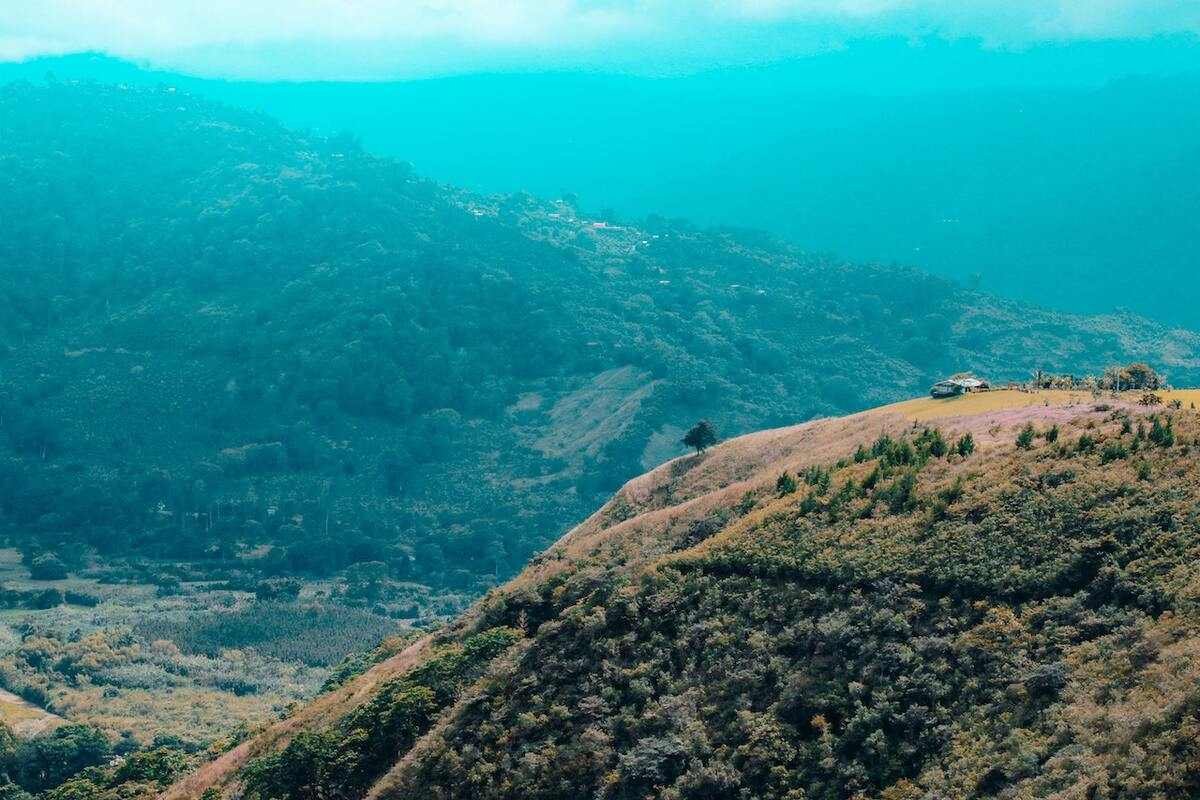
Overall Travel Risk (3/10)
When traveling anywhere in Latin America, you should be aware of the high levels of violence and drug-related crime. And while those worries are founded to an extent in Panama, this type of violence rarely involves tourists.
Be aware of the presence of gangs, especially in big cities and near the border by Columbia. Political violence and crime from Columbia sometimes filter into Panama via the border too, so if you witness any outbreak of conflict, get out of there fast.
Public transport can also be risky in Panama. At bus stops and train stations, weary travelers are an easy target for pickpockets. Don’t let your guard down, and keep your valuables hidden.
Taxi Scams
Taxi drivers in Panama love to rip off tourists. Check that your taxi has a meter, or settle the price for your trip before you start.
Unlike at home, taxis often pick up multiple passengers. We recommend that you ask your driver not to do this to avoid ending up in unfamiliar destinations with a bunch of strangers. There are easier ways to meet people.
Other than that, expect wild driving and no seatbelt in some taxis. For the safest experience, use legitimate taxi companies ride-share apps like Uber. Unregistered taxis can have a bad track record and have been involved in accidents.
Pickpockets and Robbers
It’s a tale as old as time. Tourists arrive on holiday, bright-eyed and bushy-tailed, then get robbed. In busy, touristy areas, you should really keep a tight hold on your bag. If it’s a backpack, forget strapping it and consider wearing it around the front.
Put your phone away, too, and dress to blend in. Fancy outfits might attract the wrong kind of attention. Also, if any dodgy characters are loitering by the entrance to your hotel, don’t let them follow you in.
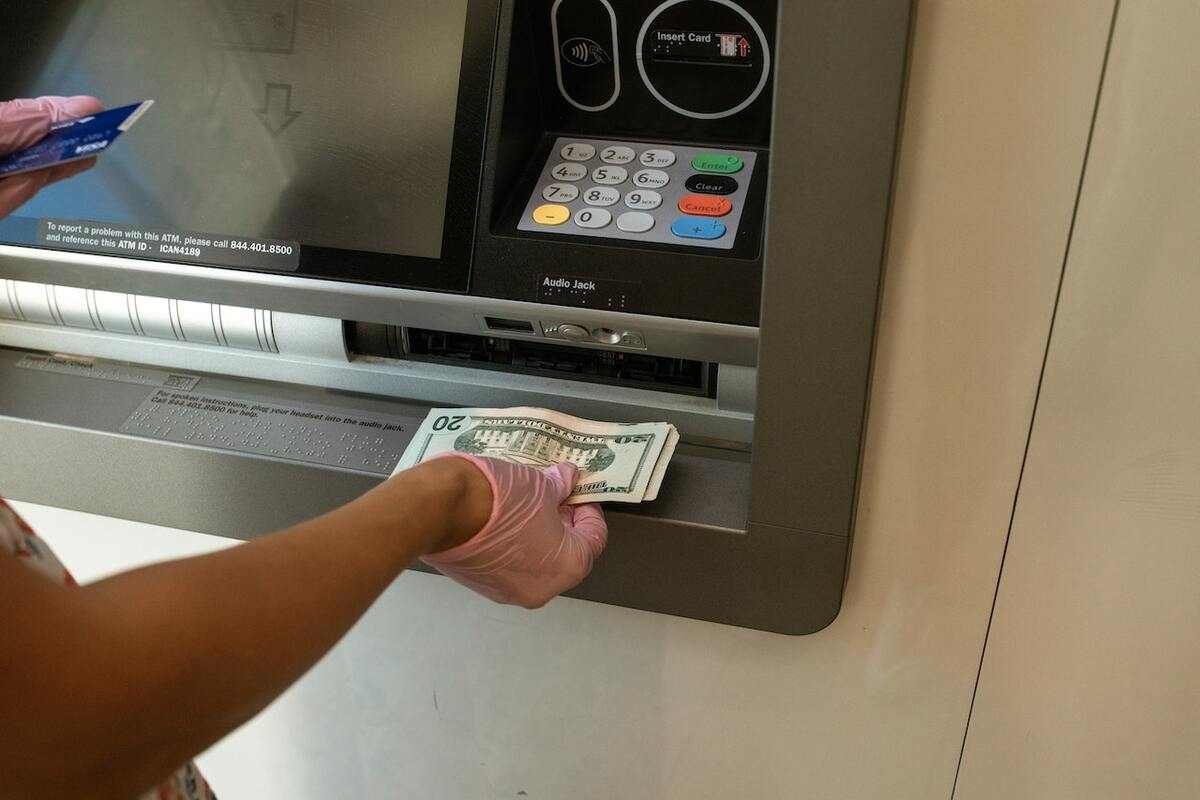
ATM Scam
Let’s start with this: the currency in Panama is the US dollar, so don’t let anyone convince you to change it. Panama is a mostly cash society, so take out enough money before your trip.
Dollars can nearly always be drawn from ATMs. When using these, check for skimmers by inspecting the machine thoroughly for any signs of tampering. Use ATMs that are linked with recognized banks so you don’t get overcharged, and always cover your pin code with your hand to stop any nosey loiterers from getting a hold of your card details.
After using an ATM, keep an eye on your bank account for any suspicious transactions or high fees.
Car Rental Scam
Watch out for car rental and purchase scams in Panama. If you’re looking to rent a car online and find a super cheap option, it’s probably too good to be true. And it doesn’t stop there; dodgy car sellers in Panama have been linked to many incidents of theft, robbery, and even violence.
So make sure to take extra precautions when engaging with strangers via social media or websites for buying or selling vehicles. Always meet in public places, and use trusted sites when renting or buying to avoid losing money.

Tips for Staying Safe in Panama
So you know the dangerous neighbourhoods and you know the common scams. Great! But before you head to the airport, get familiar with our top 5 tips on how to stay safe in Panama.
- Seek Local Advice: When in doubt, ask locals for recommendations and guidance. They’ll have the lowdown on any recent issues in the area that you should know about.
- Know Emergency Numbers: In Panama, call 104 for the National Police, 103 for firefighters, and 911 for an ambulance. The tourist police number is 511 9260.
- Remember to carry ID. By law, you must carry your ID at all times and be ready to show your passport if requested by the police. You can photocopy your passport if you aren’t comfortable carrying it around.
- Watch your stuff. Reduce your risk of petty theft by keeping phones and wallets in a zip-up bag. Also, when leaving a restaurant, check your seat and table for anything you could have left behind. You don’t want to lose your favorite sunnies.
- Only swim in safe areas. Panama has some pretty strong riptides on its shores, so stick to the public beaches. Heed any weather warnings too. A good rule to follow is if no one else is swimming, follow suit.
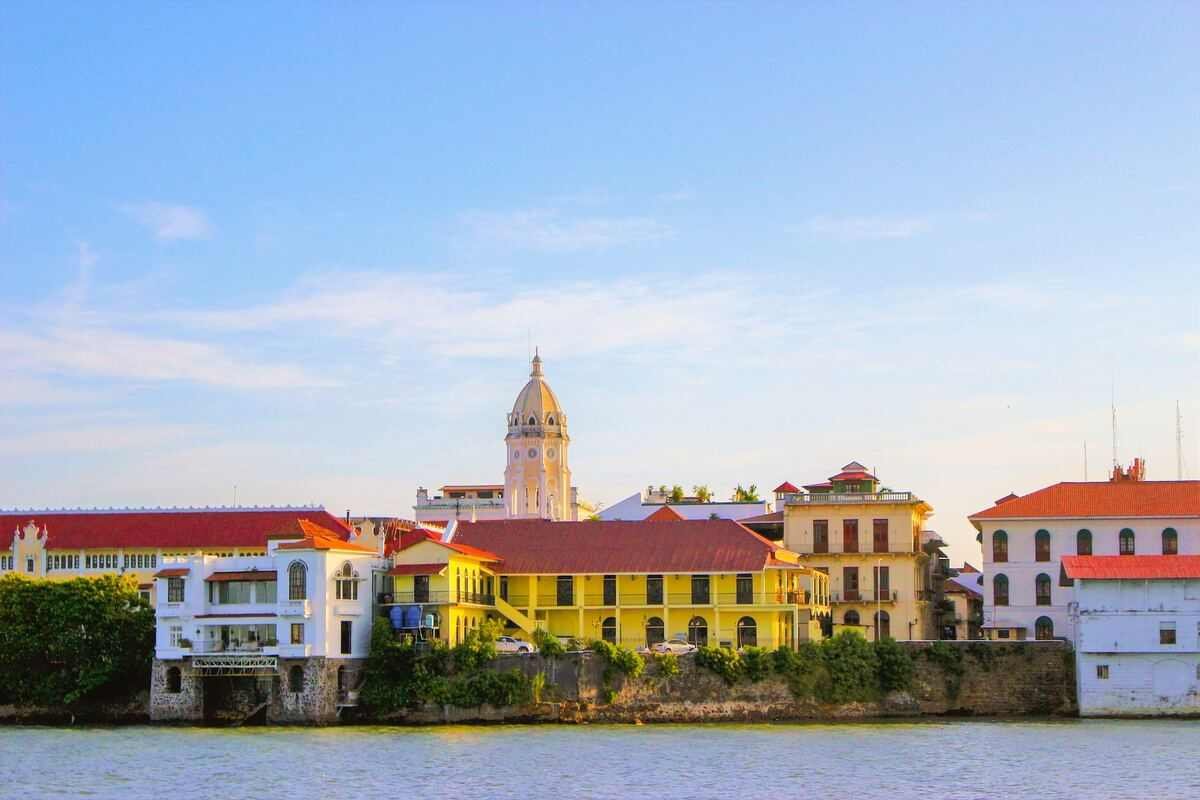
Is Panama Safe? | Frequently Asked Questions
Save yourself time trawling through the internet. Here are your top safety questions, answered.
What Are the Rules About Drugs in Panama?
Don’t take ‘em. Don’t be anywhere near them, in fact. Panama is in between the cocaine-growing areas in South America to the USA, so drug trafficking is something you should be aware of.
Police checkpoints are common on weekends and around cities, so if you are stopped, comply.
Can I Travel Alone in Panama?
You can, and you’ll probably be fine. But, we advise you to go in a group. It’s safer, especially at night.
For women traveling alone, think about joining a group for excursions — either from a tour company or your hostel.
What Do I Do if I Have Been the Victim of Crime?
You should let your embassy know, as they will be able to advise you about how to proceed. They will also give you a hand with dealing with the local police.
Other than that, file a police report and follow up on it on a weekly basis afterwards. It’s a hassle, especially without having a strong grasp of Spanish, but it helps prevent future crime.
How Is Healthcare in Panama?
It varies. In Panama City and David, you’ve got a range of great hospitals to choose from. Unfortunately, outside of these two big cities, you’ll find accessing good healthcare slightly more difficult.
Think twice about participating in risky tourist activities like spearfishing, rock climbing, and hiking. If you don’t feel very confident in navigating these, you could end up miles away from a hospital with an injury.
